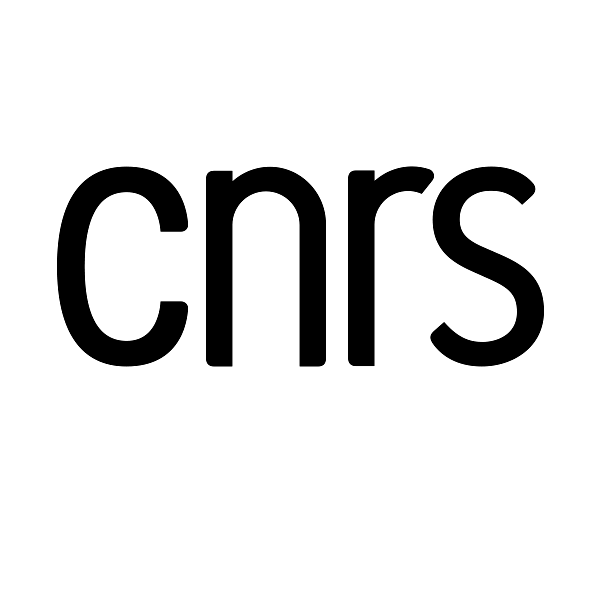As UNESCO Chair “Fleuves et Patrimoine – River Culture“, Karl Matthias Wantzen is working for the North-South-South dialogue, i.e., I try to facilitate communication between scientists, students and hydrosystem managers all over the world. This includes lecturing, joint research projects and networking all over the world. Based on the River Culture Concept, which serves as a scientific baseline to learn from both, non-human biota and cultural human activities for a harmonious co-existence and sustainable development in riverscapes, I have recently gathered more than 120 researchers in interdisciplinary teams from all over the planet to answer the questions: What are the drivers for biological and cultural diversity in riverscapes, what are the menaces, potential solutions to problems and examples for a successful implementation of sustainable approaches? You can read their answers in the UNESCO book “River Culture – Life as a Dance to the Rhythm of the Waters”.
Specific objectives of the UNESCO Chair:
1. Research and training thematics. To analyze the state of the art of the research undertaken on the relationship between human activities and the ecological functioning of rivers and to highlight the major problems in this field. Identify training needs by the practitioners responsible for the management of river territories.
2. Develop comparative research (doctoral theses and research projects) made on similar thematics in different countries/river systems, using an innovative approach crossing ecological and social sciences with engineering approaches for the sustainable management of hydrosystems.
3. Develop and organize international and transdisciplinary training programs referring to water management or policies, land use, or conservation of rivers, lakes and wetlands, and management of heritage sites.
4. Develop and disseminate good practice guides: methodological materials will be developed and distributed to actors and practitioners in the field of management of aquatic socioecosystems.
This UNESCO Chair work is done within the frameworks of the UNESCO Water Family, the IHP (and its Ecohydrology branch), the MAB and the Global Water Museums network.
Since 1993, Karl Matthias Wantzen has uninterrupted scientific cooperations with Latin American countries, mostly in Brazil, Argentina, and Colombia. As he lived in Mato Grosso, Brazil, for 8 years, he feels deeply connected to my Latin colleagues and friends. Therefore, he is deeply worried about the fast and irrecoverable destruction of rivers, floodplains, savannas and forests, executed locally, but sustained by greed and commercial incentives coming from the Global North, such as the Hidrovia Project (read: https://www.sciencedirect.com/science/article/pii/S0048969723063787).
Sustainability is only feasible if the entire planet was considered.


